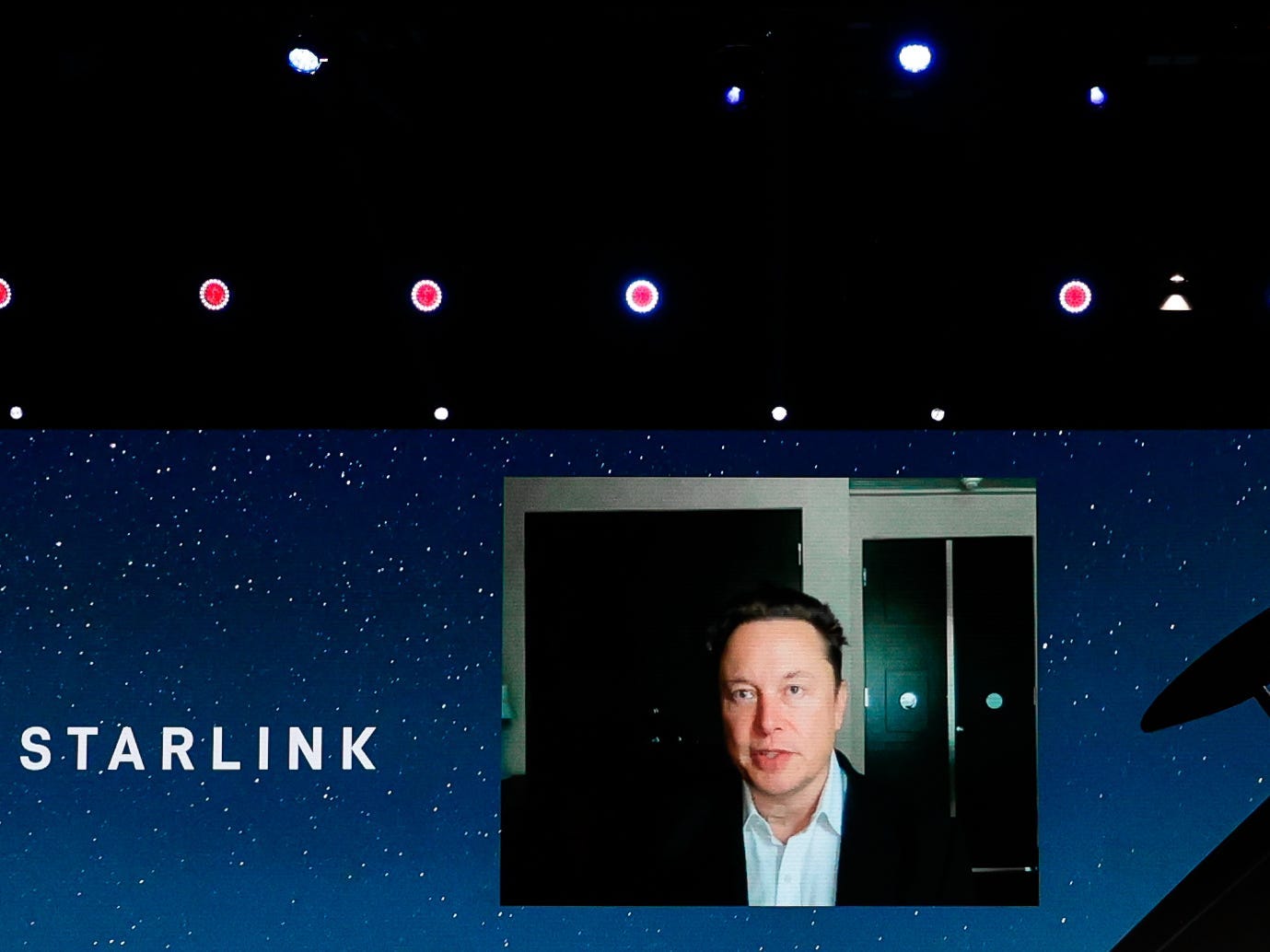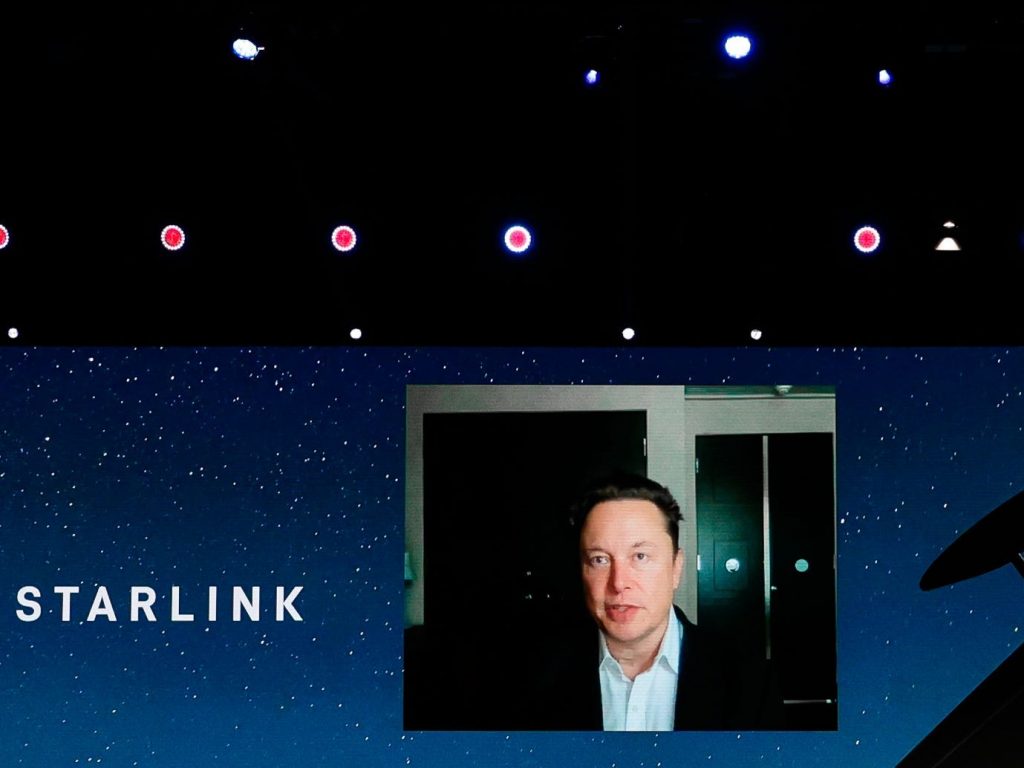
- SpaceX addressed NASA's concerns over its plans to launch 30,000 Starlink satellites into orbit.
- The company said the reliability of its satellite network is greater than 99%.
- Earlier this month, NASA said Elon Musk's plan could cause more collisions in space.
SpaceX appeared to address NASA's concerns that the company's satellites could increase the risk of collisions in outer space on its website Tuesday.
"The reliability of the satellite network is currently higher than 99% following the deployment of over 2,000 satellites, where only 1% have failed after orbit raising," SpaceX said in a post titled "SpaceX's approach to space sustainability and safety."
SpaceX plans to create a megaconstellation of over 42,000 Starlink satellites and released 46 more on Monday in its effort to provide low-cost internet to remote locations.
In the update, SpaceX said it has currently has the capacity to build up to 45 satellites per week and has launched up to 240 satellites in a single month.
Earlier this month, NASA expressed concern over SpaceX CEO Elon Musk's plans to orbit 30,000 more Starlink satellites. In a letter to the Federal Communications Commission (FCC), the agency said that the plan could create "substantial congestion," increase the potential for collisions, and interfere with NASA's missions.
The letter was sent to the FCC because it's reviewing SpaceX's license application for a new generation of satellites, Starlink Gen2. SpaceX received an initial FCC license for 12,000 satellites in 2018.
In its letter, NASA said there are currently 6,100 tracked objects in low orbit — a number which would be increased fivefold by Musk's plans. Though the agency did not say it would oppose an FCC license for Starlink Gen2, it requested more information on the project and its impact on "the longterm sustainability of the space environment."
In its response, SpaceX said that it has taken extra steps to prevent collisions in space, including developing an "advanced collision avoidance system" that performs avoidance maneuvers if there is a "greater than 1/100,000 probability of collision."
SpaceX also said that it inserts the satellites at low altitudes to verify the satellites' heath before sending them into operational orbit and operates them at low altitudes to prevent debris.
The company said that it holds itself to higher standards than even those proposed by the FCC by de-orbiting its satellites within five to six years, instead of after 25 years — a process SpaceX called "outdated." It also said that it is the only satellite operator that has ever offered to provide routine health reports on its constellations to the FCC.
NASA's concerns echo complaints from astronomers who have indicated that the satellites could negatively impact astronomical research. At the time, Musk said on Twitter that Starlink would not "inhibit new discoveries or change the character of the sky."
More recently, China issued a formal complaint in December to the United Nations over what it described as two near collisions involving SpaceX's satellites and its Tiangong space station.

